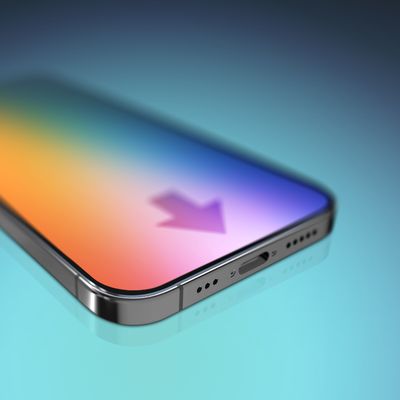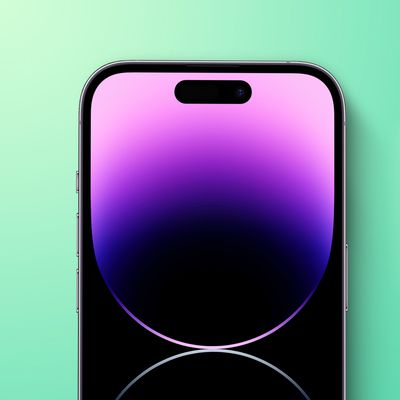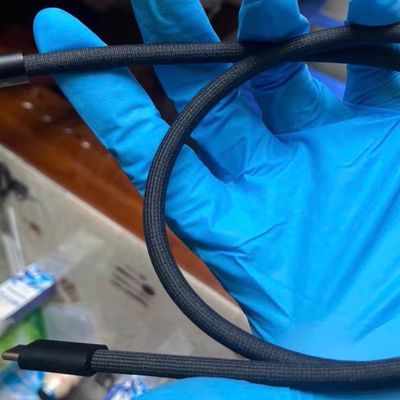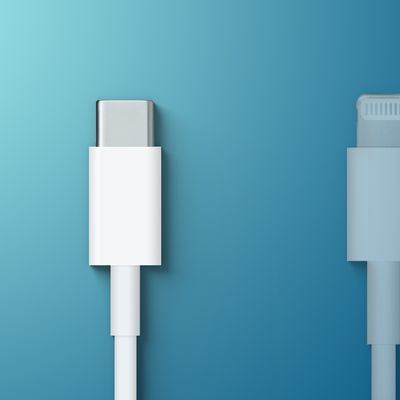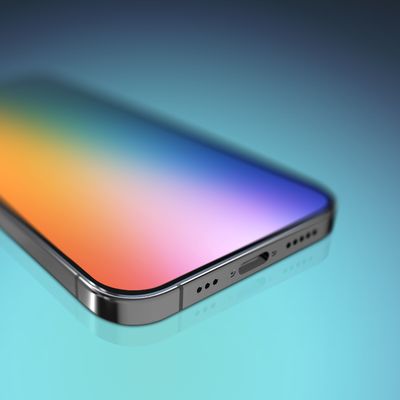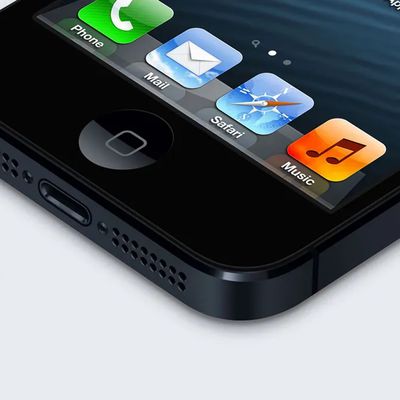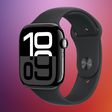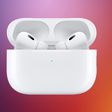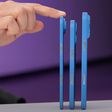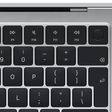In 2023, Apple began phasing out the Lightning port for the iPhone, introducing the iPhone 15, iPhone 15 Plus, iPhone 15 Pro, and iPhone 15 Plus with a USB-C port. The USB-C port replaces the Lightning port and allows the iPhone, iPad, and Mac to use the same power adapter and cable.
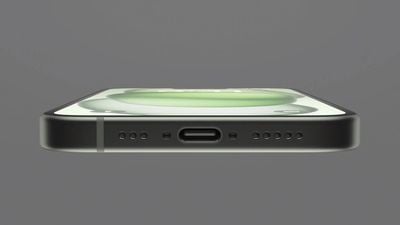
This guide covers everything we know about Apple's transition to USB-C.
Current USB-C iPhones
Apple's 2023 flagship iPhones have USB-C ports right now.
Apple is expected to use USB-C for all future iPhones.
iPhones That Still Feature Lightning
Apple is still selling several older iPhone models as low-cost options, and these devices have a Lightning port.
Why Apple Adopted USB-C
The European Union instituted legislation mandating that electronic devices like smartphones use a "common port," which the EU established was the USB-C port.
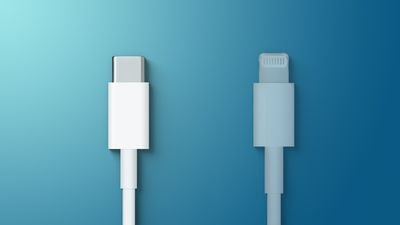
Apple had until the end of 2024 to transition to USB-C, but opted to do so starting with the launch of the iPhone 15 lineup. The company did have the option of releasing USB-C iPhones in Europe and Lightning-based iPhones elsewhere, but decided to use USB-C worldwide.
The mandate does not apply to devices and accessories already on the market, but future iPhones, iPads, Macs, AirPods, keyboards, mice, and other accessories will need to include a USB-C port for charging. Exemptions only apply to devices that are too small to have a USB-C port, such as smart watches.
USB-C Benefits
There are a number of benefits that USB-C offers over the prior Lightning port.
- Common charger - USB-C iPhones, iPads, and Macs can be charged with the same cable and power adapter, preventing Apple users from needing to carry multiple types of cables.
- AirPods/Apple Watch charging - An iPhone can be used to charge the AirPods, Apple Watch, and other small accessories with an appropriate USB-C cable. The iPhone provides up to 4.5W.
- Faster transfers - The iPhone 15 Pro and Pro Max support USB 3 transfer speeds of up to 10Gb/s with the appropriate USB-C cable. Faster data speeds are not available for the standard iPhone 15 models.
- Connecting to external displays - With DisplayPort over USB-C, the iPhone 15 models can be connected to an external display using a USB-C cable, no adapter required.
What to Do With Lightning Accessories
If you've upgraded to a USB-C iPhone and have a bunch of Lightning-based accessories, you can use some of them with Apple's $29 USB-C to Lightning adapter.
Other options include donating Lightning accessories to friends or family members who continue to use iPhones with a Lightning port, or bringing cables and other Lightning devices to Apple for recycling.


